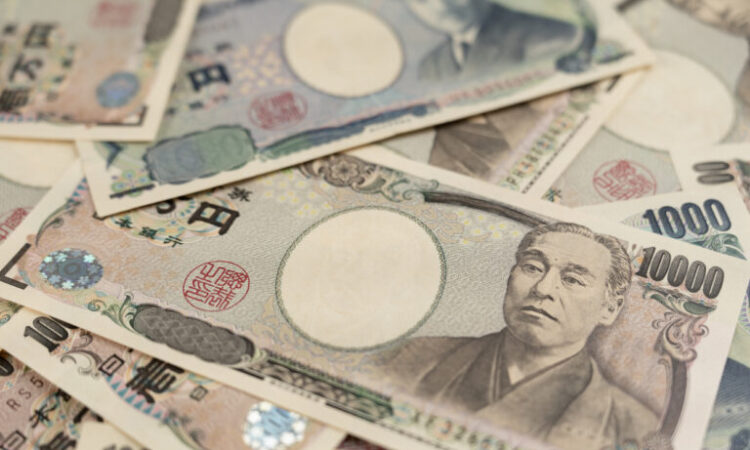Governmental Intervention Triggers Surge of the Japanese Yen – What Does This Mean for the USD and Global Markets?

The Japanese yen, denoted by JPY, stands as one of the most traded currencies in the global foreign exchange markets. As Japan’s official currency, it plays a pivotal role in international trade and finance.
The yen’s significance is showcased by its inclusion alongside the US dollar (USD), the European Union euro (EUR), the British pound sterling (GBP), and the Swiss franc (CHF) as a major player in forex markets. JPY’s valuation against other currencies, such as the USD, is a barometer of economic stability and international investor sentiment towards Japan.
A myriad of factors, including Japan’s monetary policy, interest rates, and economic health, influence the exchange rate fluctuations of the yen.
As a safe-haven asset, the yen often sees increased demand during periods of global economic uncertainty, reflecting its integral position in the world’s financial architecture.
Recent Yen Movements and Intervention
In a dramatic turn of events, the Japanese yen experienced a significant surge against the dollar, attributed to suspected intervention by Japanese authorities.
This intervention aimed to bolster a currency that had been languishing at its lowest levels in over three decades. The dollar’s sharp decline to 155.01 yen from a peak of 160.245 earlier in the day was a clear indication of the yen-buying activities, with banking sources reporting Japanese banks selling dollars for yen.
The yen’s plunge to 34-year lows came despite the Bank of Japan’s exit from negative interest rates, a historic move that failed to stem the currency’s decline.
Traders, having anticipated intervention for weeks, now speculate on the possibility of continued action should the USD-JPY approach the 160 threshold again, suggesting a new ‘line in the sand’ for Japanese policymakers.
The Impact of Exchange Rates on Japanese Manufacturing
Exchange rate volatility has profound implications for Japanese manufacturers, particularly those exporting goods.
A stark example occurred on October 24, 2011, when the US Dollar to Japanese Yen exchange rate plummeted to a post-World War II low of 75.71 Yen/USD.
For Japanese firms manufacturing domestically and selling in the US, the dollar’s depreciation against the yen posed severe profitability challenges.
Such fluctuations directly affect bottom-line profits, necessitating strategic responses from multinational corporations. The study of production hedging, defined as producing less than total demand, emerges as a crucial risk mitigation strategy in the face of exchange rate and demand uncertainties.
Japanese companies must navigate these risks by making informed decisions on production quantities, product pricing, and financial hedging instruments, all while adhering to international trade laws, such as the GATT agreement, to maintain competitive and legal standing in global markets.
Understanding Forex Pricing and the Yen’s Position
Forex pricing is a nuanced process, with currency pairs reflecting the relative value of one currency against another.
As of early April 2024, the forex market’s dynamics are shaped by factors such as economic health, interest rates, and political stability, all of which influence demand for currencies like the yen.
The yen’s position in the forex market is further highlighted by its significant daily average turnover, which, according to April 2022 data from the Bank for International Settlements (BIS), stands at $1,253,236 million.
This turnover highlights the yen’s liquidity and the scale of its global trade, reflecting its importance as a barometer of economic sentiment and a vehicle for investment and hedging strategies.
The Broader Context: Japan’s Economy and Currency Dynamics
Japan’s economy, the third-largest in the world by nominal GDP, is a significant force in global financial markets.
The yen’s value is not only a reflection of Japan’s economic health but also a determinant of it.
A weaker yen, while beneficial for exporters by making Japanese goods more competitive abroad, poses challenges for policymakers. It increases import costs, contributing to inflationary pressures and squeezing household budgets.
The Bank of Japan’s (BOJ) monetary policy, particularly its stance on interest rates, plays a crucial role in shaping the yen’s trajectory. The BOJ’s reluctance to raise rates rapidly, due to concerns over destabilizing the heavily indebted government and economy, contrasts with higher US interest rates, driving capital flows out of yen and into higher-yielding assets.
This delicate balance of maintaining sustainable inflation and managing currency value is a tightrope walk for Japan’s economic stewards.


